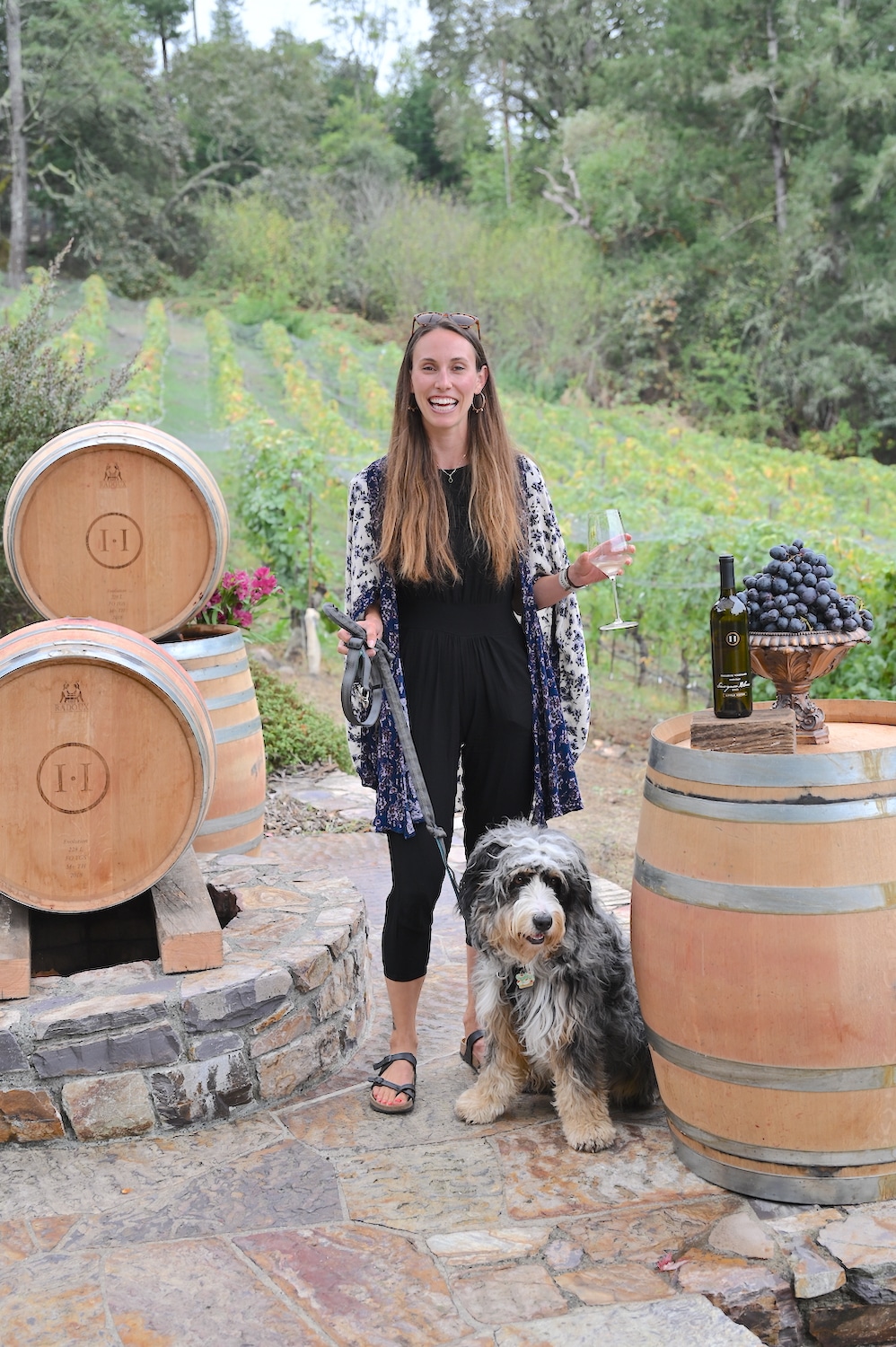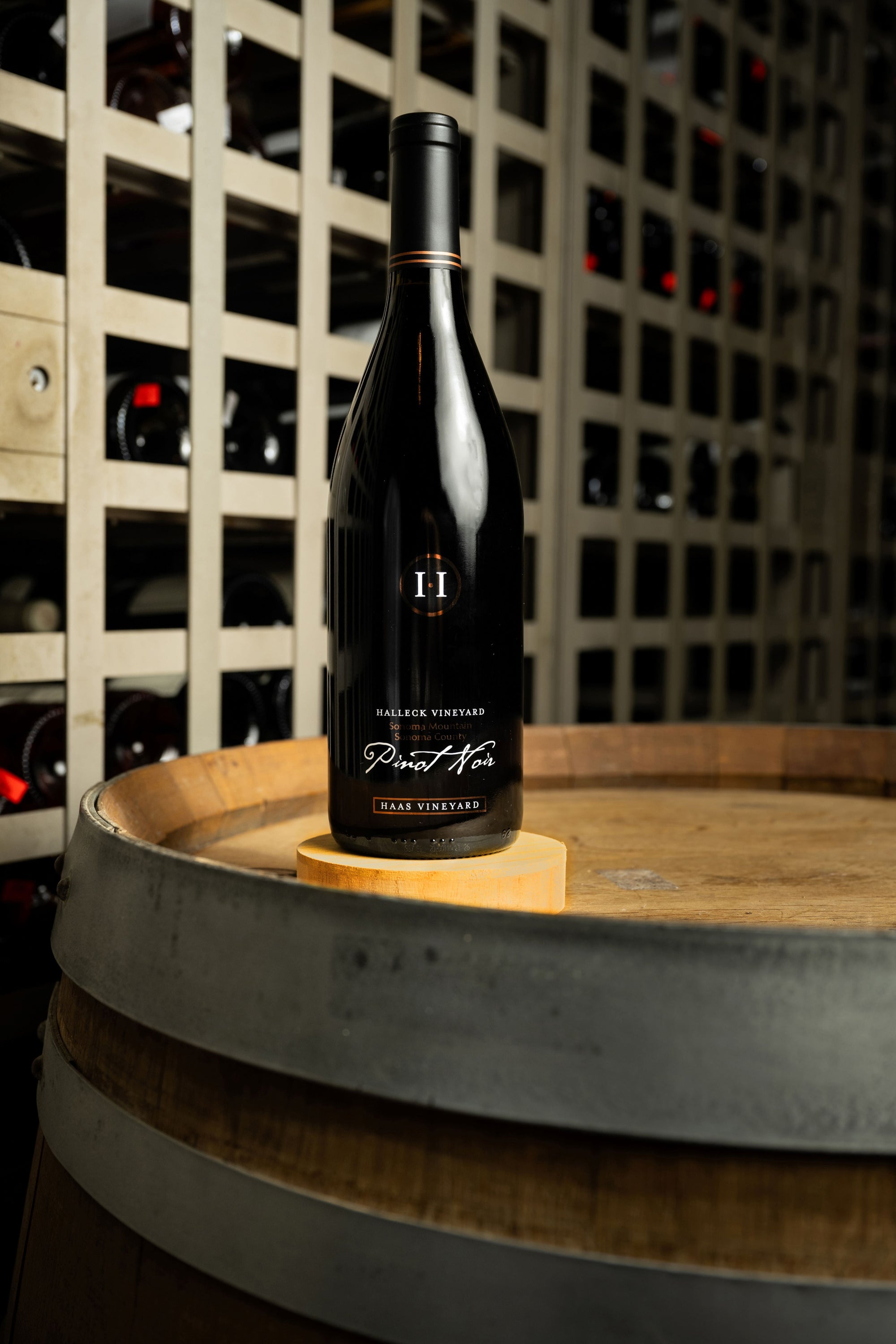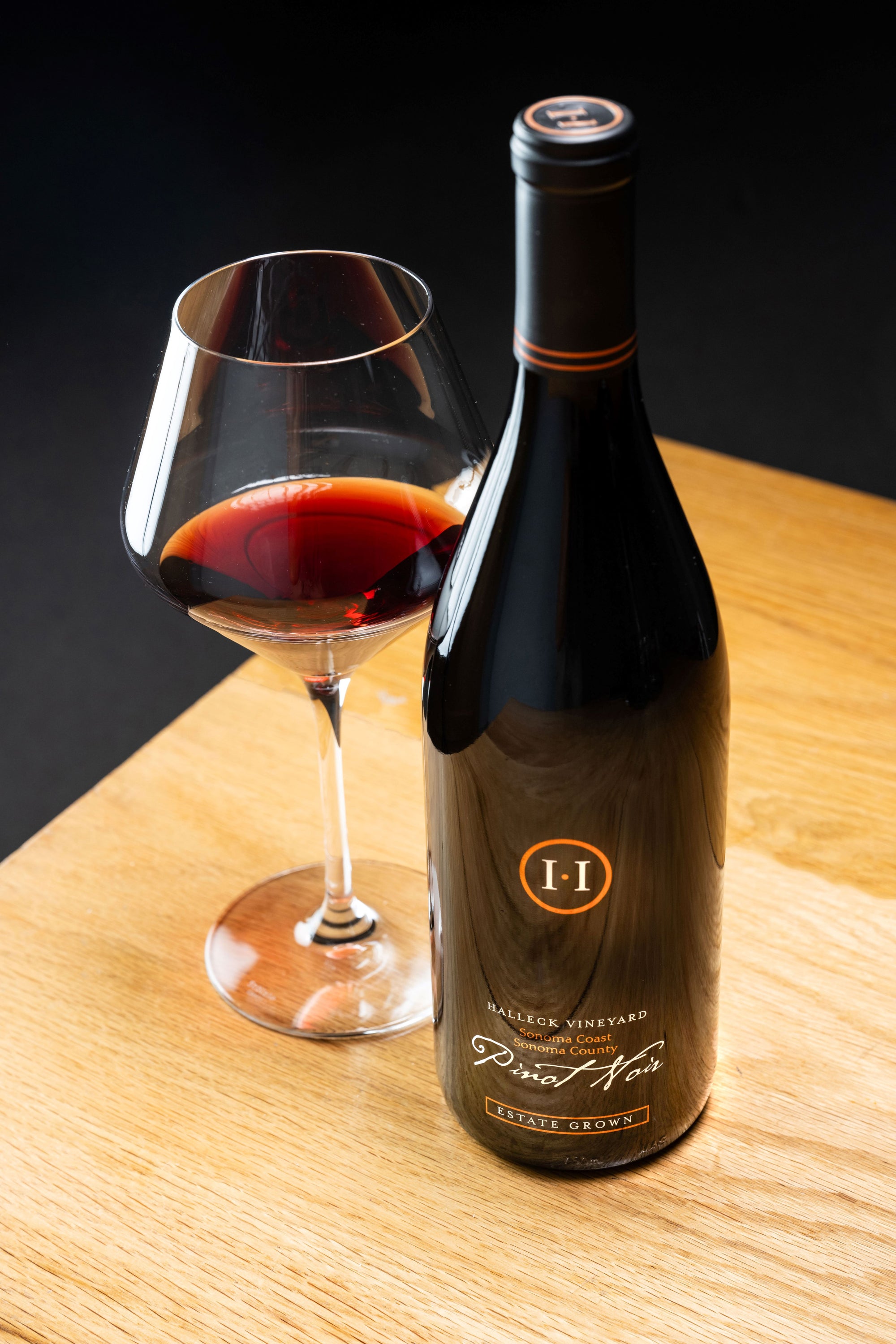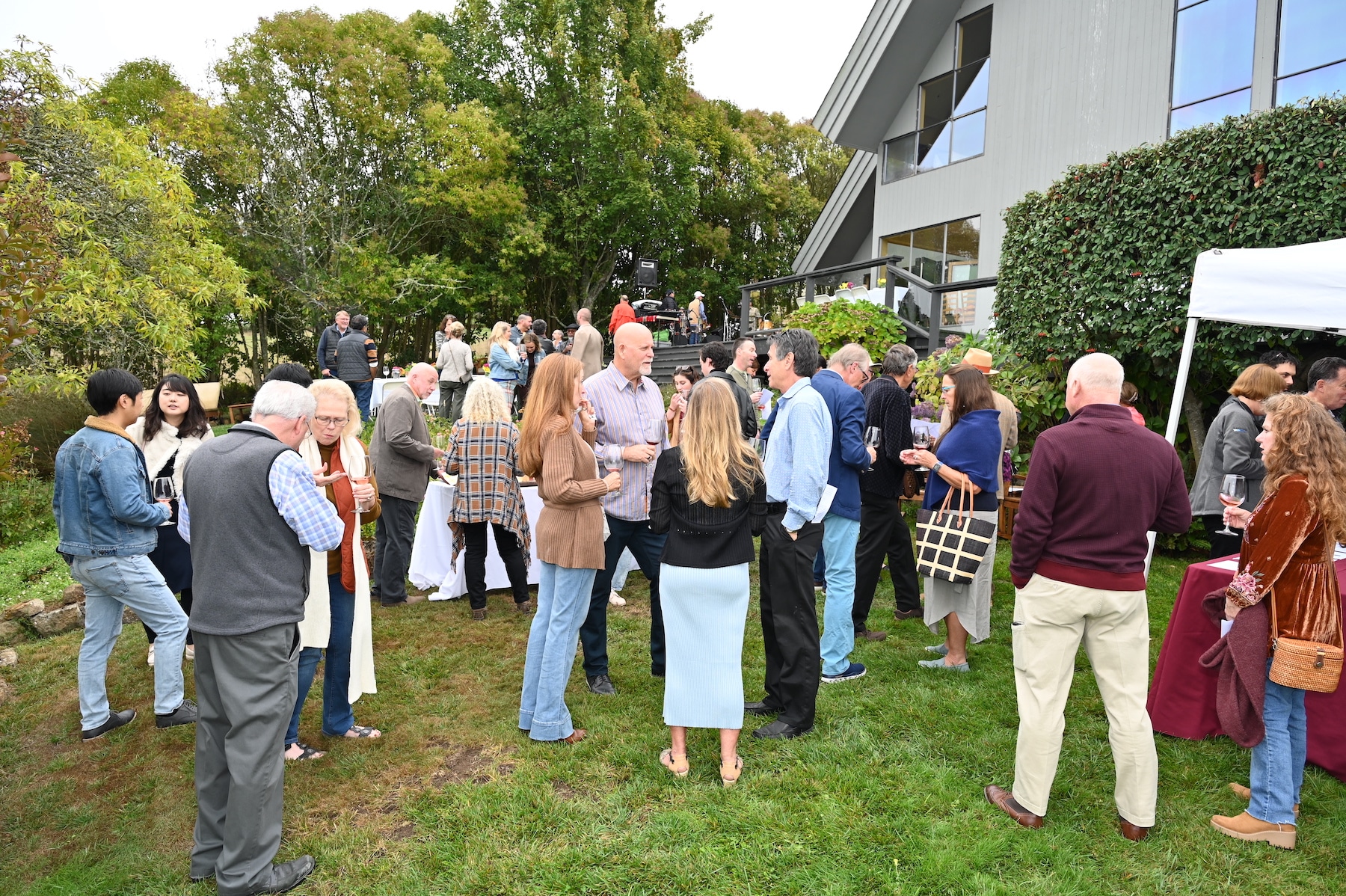Premier Wine Tasting Experiences in the Russian River Valley 95405
Premier Wine Tasting Experiences in the Russian River Valley 95405
Blog Article
Sustainable Practices at Vineyards in Sonoma
Understanding the nuanced vocabulary related to winery wine tasting is important for both novices and seasoned connoisseurs alike. Every term brings to life the experience of tasting wine and can improve one’s appreciation of the numerous intricacies involved. Wine tasting is extra than simply ingesting; it is an art that entails various senses and emotions.
To begin with, the term "nostril" refers back to the aromas one detects when smelling the wine. This is a crucial step because the bouquet sets the stage for the tasting experience. Notes of fruit, spice, earth, and wood could mingle, offering a glimpse of what the palate might confirm. Understanding "nosing" the wine can dramatically elevate one's sensory journey.
One Other key side is the term "physique." The body of the wine describes its weight and fullness on the palate. A full-bodied wine has a strong presence and tends to linger longer after swallowing. Conversely, light-bodied wines might really feel extra delicate and refreshing. Recognizing the body helps tasters assess the wine's structure and balance.
Everything You Need to Know About Vineyard Tours in Sonoma 95468
The concept of "tannins" is important in pink wine tasting. Tannins are compounds derived from grape skins, seeds, and stems, contributing to a wine's texture and growing older potential. Excessive tannin wines usually result in a dry mouthfeel, while lower tannin levels yield a smoother experience. This distinction is especially necessary when pairing wines with food, as tannins can either complement or clash with sure dishes.
In addition to tannins, "acidity" performs a big role in the wine tasting experience. Acidity provides wine its crispness and liveliness - Craft Your Journey Through Sonoma's Wine Regions. Wines with greater acidity are typically refreshing and energizing, making them excellent companions for a wide range of meals. Recognizing acidity can drastically improve one’s food-pairing capabilities and general tasting enjoyment.
When delving into the flavor profile of a wine, one might encounter the term "finish." The end refers back to the aftertaste that lingers within the mouth after swallowing. A long finish is commonly associated with high-quality wines, because it signifies complexity and depth. A short end may recommend a much less complicated wine. Understanding the means to consider the finish can reveal much a couple of wine's character.
Exploring the "vintage" is also integral to wine tasting terminology. The vintage denotes the 12 months by which the grapes had been harvested. Different years can yield vastly totally different outcomes as a end result of variations in local weather conditions. For instance, a sizzling summer can produce more concentrated flavors, whereas a cooler yr may yield extra subtle, nuanced wines. Understanding vintage permits for a deeper appreciation of a wine’s origin and potential.
Vineyard Views in Sonoma : A Nature Lover's Paradise 95403
The term "terroir" encompasses the geographical and environmental components that contribute to a wine's unique character. Factors corresponding to soil type, local weather, elevation, and topography all play a task within the flavor and quality of the wine. This connection to position helps one perceive why wines from different regions can taste so distinctively completely different, even when produced from the same grape selection (Top Chardonnay from Sonoma County Vineyards You Shouldn't Miss).

When engaging with wines, the phrase "leg" refers back to the droplets that form on the within of the glass after swirling. These droplets can point out the wine's alcohol content material and viscosity. While observing the legs might not instantly relate to the wine’s style, it adds to the general experience and intrigue of wine tasting less transparent.
Unveil the Best Wineries in Sonoma County to find Outstanding Wine Tasting Experiences 95404
A extra particular term that will come up throughout tastings is "oak." The influence of oak barrels on wine can impart flavors such as vanilla, toast, or spice. The degree of oak growing older can differ extensively amongst wines, affecting each aroma and taste. Understanding oak remedy offers insights into the winemaker’s decisions and the ensuing complexity of the wine.
In wine tasting, one may additionally hear the term "palate." The palate refers to the general taste experience within the mouth. This encompasses sweetness, bitterness, acidity, and physique. A well-balanced palate is crucial for a harmonious tasting experience, and recognizing any imbalances helps assess the standard of the wine.
The experience of wine tasting is significantly enriched by understanding the terminology that accompanies it. Each term serves a purpose, enhancing the ability to convey thoughts and feelings concerning the wine one's experiencing. This vocabulary bridges communication between tasters, browse around these guys sommeliers, and winemakers alike.

To totally get pleasure from wine tasting, it is important to have interaction all senses. The sight of the wine, its shade, and clarity can present perception into its age and quality. Swirling the wine releases aromas that heighten the olfactory experience, while the precise tasting permits for a whole analysis of the wine's profile.
Essential Tips for Vineyard Tours in Sonoma 95472
In conclusion, understanding the detailed rationalization of winery wine tasting terminology significantly enhances the experience of tasting. Every term invitations the taster to engage more deeply with the wine, encouraging connections to the senses, the winemakers, and the lands where the grapes are grown. This nuanced vocabulary creates a richer, more fulfilling wine tasting experience.
- Aroma refers again to the scents launched by the wine, which might indicate its grape variety and influence the tasting experience.
- Tannins are natural compounds present in grape skins, seeds, and stems, contributing to the wine's construction and getting older potential.
- A end, or aftertaste, is the lingering flavor sensation that remains on the palate after swallowing, often a key indicator of quality.
- Body describes the burden and fullness of wine within the mouth, usually categorized as light, medium, or full-bodied.
- Terroir denotes the unique environmental characteristics of a vineyard that affect the taste and quality of the wine, including soil sort and climate.
- Acidity is a crucial element that contributes to a wine's freshness and stability, impacting its growing older functionality and general flavor profile.
- Vintage signifies the yr grapes have been harvested and plays a big role in figuring out the wine's traits, reflecting particular weather conditions.
- Decanting entails pouring wine from its bottle into another vessel, permitting it to aerate and enhancing its flavors and aromas.
- A corked wine may be tainted by a defective cork, leading to musty or off-putting flavors that detract from the wine's meant profile.
- The term “legs” refers again to the droplets that cling to the within of a glass after swirling, typically associated with the wine's alcohol content and viscosity.undefinedWhat is the meaning of "nostril" in wine tasting?undefinedThe "nostril" refers again to the aroma profile of the wine, which is detected via the sense of odor. It's an essential aspect of wine tasting, as aromas can reveal so much about the grape variety, winemaking process, and aging.
How ought to I correctly taste wine?undefinedTo taste wine successfully, observe these steps: observe the color, swirl the wine to aerate it, take a gentle sniff to seize the aromas, sip and let it coat your palate, and at last, note the finish. This approach helps in appreciating the wine’s complexity.
What are "tannins" and how do they affect wine?undefinedTannins are natural compounds found in grape skins, seeds, and stems that contribute to a wine's construction and astringency. They can create a drying sensation within the mouth, and they also play a job within the wine's aging potential.
Engaging Wine Experiences: What to Expect at Sonoma Wineries

What does the term "steadiness" mean in wine tasting?undefinedSteadiness refers to the concord between the totally different parts of a wine, corresponding to acidity, sweetness, alcohol, tannin, and flavor intensity. A well-balanced wine could have every of these parts supporting one another somewhat than overpowering the others.
What is the importance of "terroir" in wine tasting?undefinedTerroir encompasses the environmental factors—such as soil, climate, and geography—that affect the characteristics of the wine produced in a selected region. Understanding terroir helps tasters appreciate the distinctive qualities that completely different regions impart to their wines.
What does "vintage" imply and why is it important?undefined"Vintage" indicates the yr when the grapes had been harvested. It is crucial because it impacts the wine’s high quality and characteristics, as climate conditions through the growing season can significantly affect flavor profiles and aromatics.
What are "legs" and what do they signify?undefined"Legs" refer to the droplets that type and run down the within of a glass after swirling wine. While they will point out alcohol content material and viscosity, they do not determine quality—this is extra about personal perception of richness.
Vineyard Tours Etiquette for Wine Enthusiasts 95409

What does "full-bodied" imply versus "light-bodied"?undefined"Full-bodied" see this website wines are rich, dense, and infrequently have greater alcohol content and complicated flavor profiles, while "light-bodied" wines are extra delicate and refreshing with a lower alcohol content material. This distinction helps tasters understand the anticipated weight and mouthfeel of the wine.
How can I determine fruit flavors in wine?undefinedTo identify fruit flavors, think about the aroma and taste profiles. Swirl the wine, inhale deeply to seize the bouquet, and focus on particular characteristics. Familiarity with typical fruit profiles of assorted grape varieties can enhance this identification course of.
What is "finish" in wine tasting?undefinedThe "end" refers to the aftertaste that lingers within the mouth after swallowing. A long, advanced finish is commonly an indication of high quality in a wine, because it reflects the depth of flavor and overall craftsmanship in the winemaking course of. Report this page